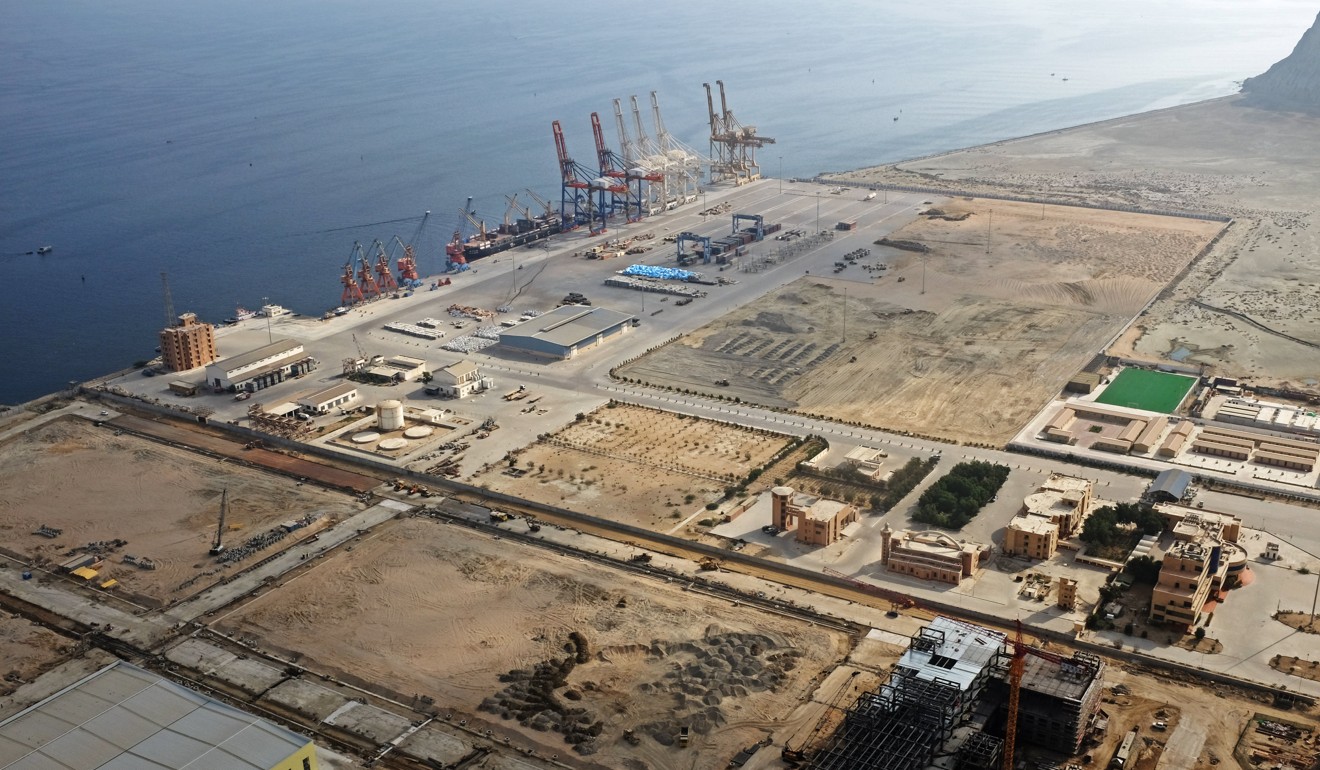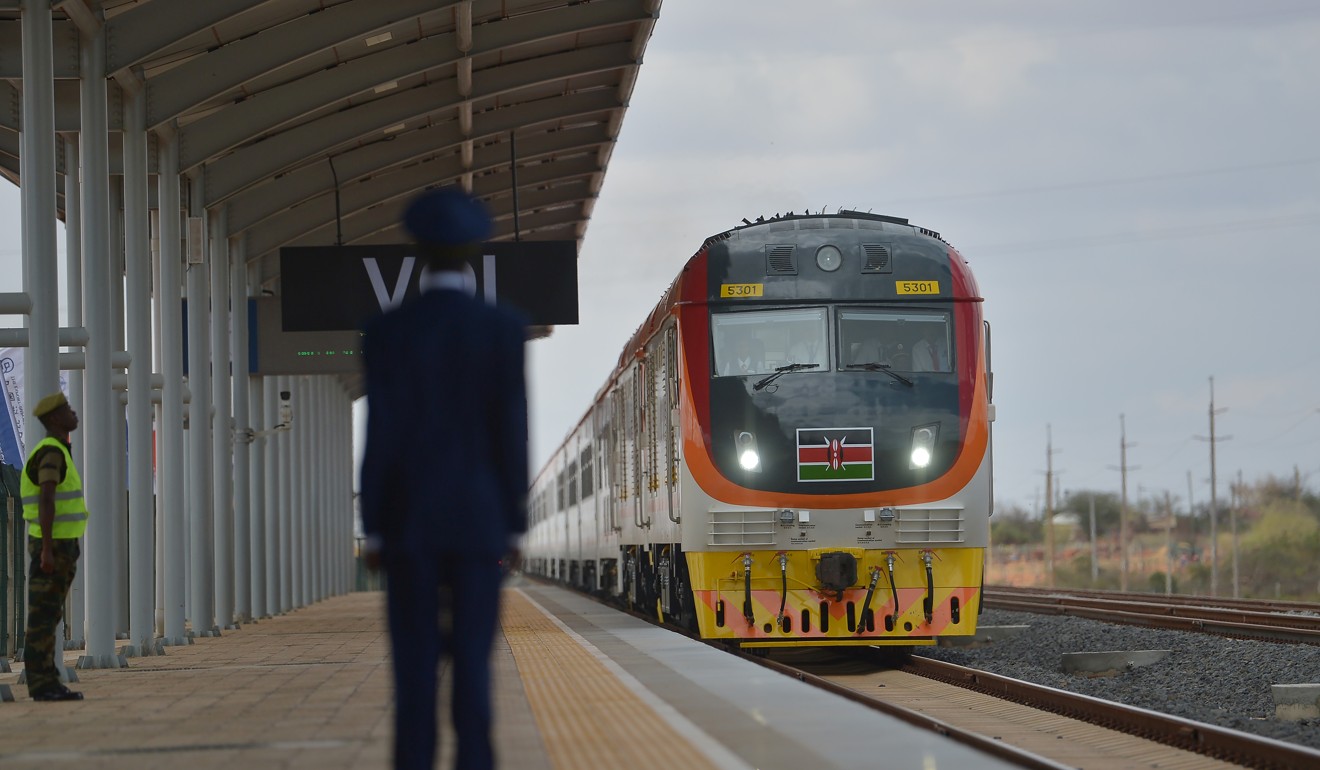
Rewards outweigh risks for Chinese firms involved in Belt and Road projects, say legal experts
State-owned enterprises such as China Communications Construction Company, involved in the US$11b East Coast Rail Link project in Malaysia, expects overseas projects to account for 50 per cent of its business eventually
Chinese companies investing heavily in overseas Belt and Road Initiative projects are willing to risk legal disputes arising from cultural misunderstanding and project delays as the rewards outweigh risks, say legal experts.
“Generally from a compliance perspective there’s going to be lots of risk – more so than having projects in China, in many ways,” said Ernest Yang, a partner at law firm DLA Piper, who specialises in international trade.

Examples of Belt and Road-related disputes given by Yang include late or non-payment of equipment suppliers, abandonment of projects because of political turmoil, companies not strictly following contracts and cultural differences in business etiquette.
Chinese state-owned enterprises (SOEs) who dominate the construction sector are not immune to the risk of potential lawsuits either.
“Other countries may not recognise [SOEs] as being part of the government and entitled to any kind of immunity,” said Yang. “That means they need to be quite careful in their dealings to make sure they perform properly, otherwise they could be on the back of a lawsuit.”
As for cultural differences, Chinese companies have previously run into problems in the Middle East.
“In Qatar, the way they document a deal is very basic,” said Sammy Fang, another partner at DLA Piper, who is an expert in China-related disputes and compliance. “It’s important, especially when you have mid-sized to large projects, to detail anything that’s agreed to, to avoid [misunderstandings] later on.”
Fang added that Saudi Arabia was another area where Belt and Road disputes tended to fester for a few years before they were finally resolved.

In 2016, Chinese petroleum giant Sinopec lost 3 billion yuan (US$478.3 billion) on a pipeline-laying project in Saudi Arabia after their local partner made unexpected changes to the contract.
The unstable geopolitical climate in certain parts of the world also puts additional pressure on companies carrying out major infrastructure projects that could take up to several years. But rightly or wrongly, many firms believe that the potential profits from the Belt and Road outweigh the all-too-real risks.
“Lots of companies go into those countries knowing [they are politically unstable], and they take that risk because there’s a price and opportunity differential,” said Fang.
Named after the ancient Silk Road trading route, Chinese President Xi Jinping’s flagship project to plough billions of dollars of investment into ambitious global infrastructure projects spanning 68 countries has gained momentum since its conception in 2013.

Significant ongoing projects include the construction of railways in Kenya and Southeast Asia, as well as building and acquiring ports in Pakistan, Djibouti and Sri Lanka.
The plans to develop maritime and land trade routes have attracted a great deal of interest from investors and governments, but critics are wary of China’s efforts to expand its economic and political influence far beyond its borders.
The state-owned China Communications Construction Company is an example of a company willing to dive in to overseas infrastructure projects and reap the possible economic rewards from the Belt and Road Initiative, despite various risks.
The company revealed that it eventually plans to increase the proportion of overseas projects to “50 per cent” at a press conference on Tuesday.
The mainland construction giant said that the value of new contracts in 2017 jumped by 23.2 per cent to 900 billion yuan, of which a quarter or 222.585 billion yuan came from overseas.
The firm recently announced plans to build a new port in the Brazilian city of Sao Luis, in addition to existing projects, such as the mammoth US$11 billion East Coast Rail Link project under way in Malaysia – a key section of the Belt and Road network running through Southeast Asia.
But for now, the company’s stated goal is to grow the value of its new contracts by a modest 8 per cent in 2018.
According to Yang, companies involved in Belt and Road projects usually settle disputes in the courts of London, Singapore and Hong Kong, which all operate under common law used in Europe and the US.
But soon they may face competition from China, whose Supreme Court in January revealed plans to establish international commercial courts in Beijing, Xi’an and Shenzhen to deal specifically with trade disputes.

